Car Runs Rough Wont Accelerate Until Turned Off and on Again
(Updated on September 15, 2020)
Gasoline-powered vehicles use a complex arrangement to get moving. Issues with fuel or air commitment, frazzle emission, or anything in betwixt tin be the reason your car is sluggish or won't accelerate.
Need help with a machine trouble Correct NOW?
to conversation online with a verified mechanic who will reply your questions.
A combustion engine requires a specific ratio of air to fuel to be in each cylinder at the correct time, followed past a carefully-timed spark. The exhaust gases also demand to be released properly.
These variables can alter depending on what the car is doing during each moment, and the environment you're driving in. A machine at idle, for example, has unlike air/fuel requirements than a car accelerating rapidly to merge onto the freeway. Cold temperatures crave more than fuel because the air is more dense.
The electronic control module (ECM) or electronic command unit (ECU) is the brain of the car. It uses input from many sensors to control spark timing and determine how much fuel is needed. It as well has the tough job of keeping track of the emissions system to ensure the vehicle is running every bit environmentally clean as it was designed to.
At that place are many possible causes of acceleration problems, so troubleshooting may be tricky. 10 chief categories are discussed below – start troubleshooting with the bug that are easiest and cheapest to repair/supervene upon and become from in that location. You will likely need the help of a mechanic for some of these systems.
Elevation 10 Reasons Your Car is Not Accelerating
1) Emergency Brake is Engaged/Out of Fuel
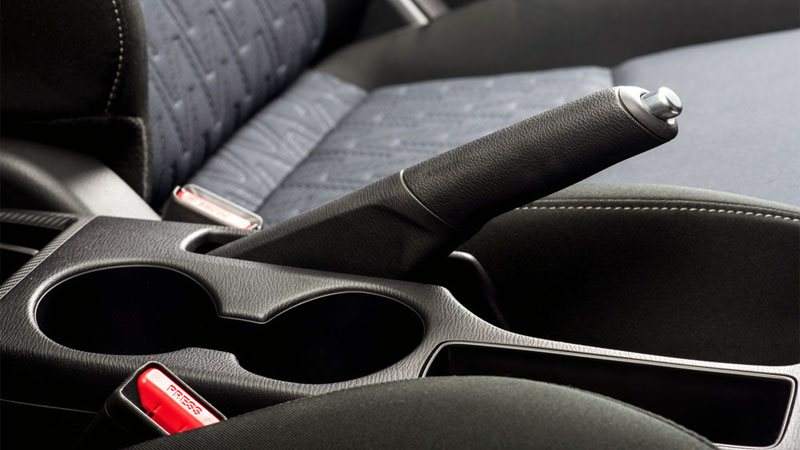
These may seem like obvious causes of slow acceleration, but information technology'southward important to cheque that the emergency restriction is off and the vehicle has enough gas. One or both of these bug will absolutely cause the vehicle to have slow acceleration or even to stall.
While this is rarely going to be the case, it's worth mentioning in the number i spot earlier further troubleshooting is washed.
2) Fuel Bug
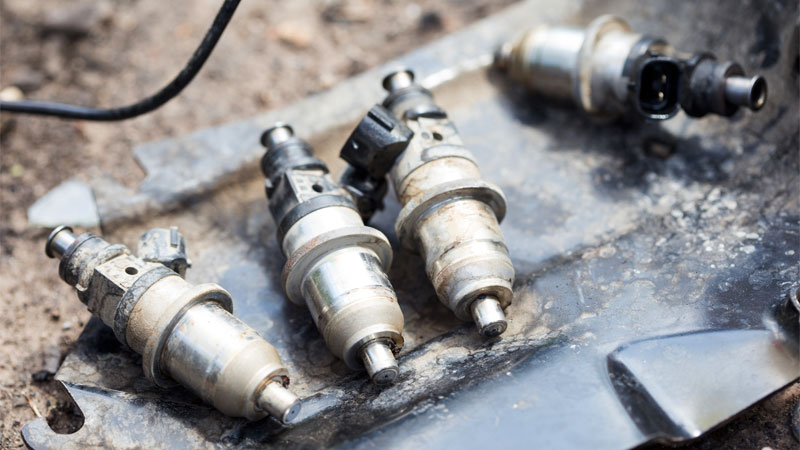
Anything stopping the fuel from reaching the combustion chamber in the proper quantities tin cause acceleration issues.
The fuel filter is an oftentimes overlooked component, only a chock-full or dirty fuel filter is a common culprit. Over fourth dimension, fuel filters become filled with sediment and droppings from the fuel and should be replaced regularly.
Clogged or muddy fuel injectors can crusade misfires or an irregular spray which disrupts the combustion procedure. Sometimes y'all can make clean these by putting a fuel additive into the gas tank.
A bad fuel pump tin besides provide inadequate fuel catamenia. If this is the case, it will need to be replaced. Fuel pumps may weaken over fourth dimension if you often drive around with an empty gas tank. Fuel pumps are cooled by the fuel they are submerged in, and so if at that place's not enough fuel to cool the pump it may shorten its life.
Having a bad tank of gas, using the incorrect octane, or contaminants in the fuel (such as dirt or water) can also cause slow acceleration. If this is the case, draining the tank and filling it with fresh fuel should solve the problem.
3) Spark or Spark Timing Problems
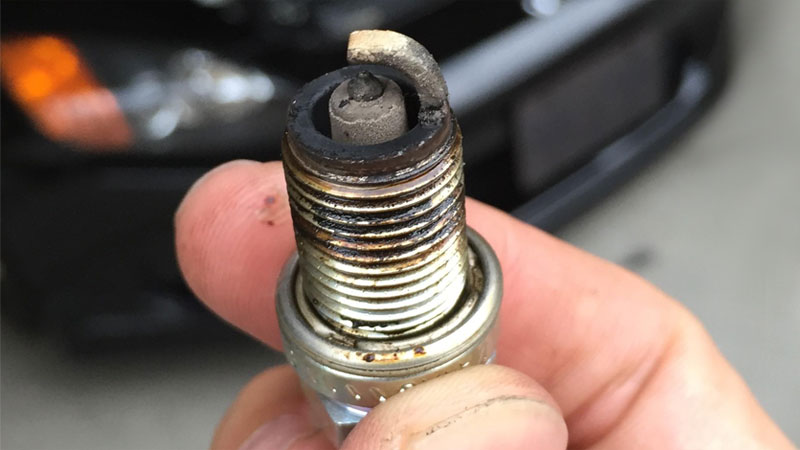
Faulty ignition coils, distributors, or spark plugs can cause misfires as well. If the spark is missing from a cylinder, at that place will be no explosion (and of grade, having explosions at precisely the right times is what ultimately powers the vehicle). A spark at the wrong fourth dimension volition practise no good, and may fifty-fifty harm the engine in some cases.
Ignition coils convert the low voltage from the bombardment to high voltage needed for the spark to jump the gap on a spark plug. The distributor passes this voltage from the ignition gyre(s) to the spark plugs themselves. Well-nigh modern cars no longer use a distributor, and then this may not even be a possible problem for you.
4) Mechanical Problems
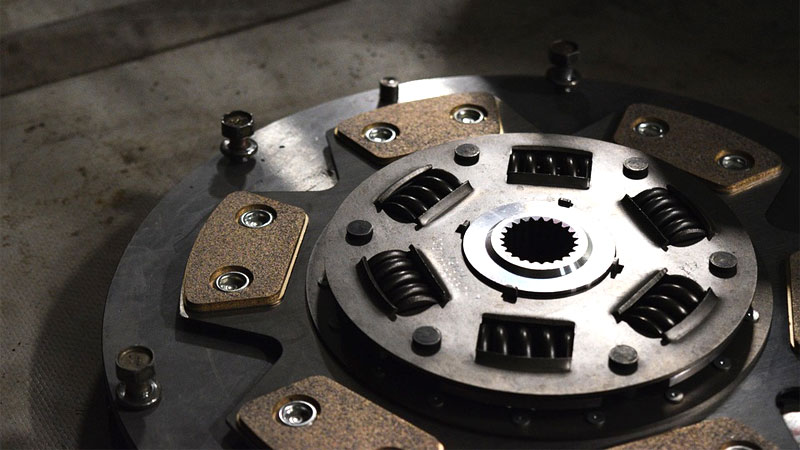
Since at that place are many moving parts in a combustion engine, there are a lot of pieces that can interruption or fail.
A misaligned timing belt or chain can crusade the engine'south intake and exhaust valves to open at the incorrect times. You may notice a lopey idle if this is the case. If the timing belt was recently replaced, information technology may be off a tooth or the tension could be fix wrong. If the timing chugalug is besides loose, the timing may not be correct.
A slipping clutch or depression clutch fluid can pb to issues equally the gearbox is unable to correctly engage with the engine. A slipping clutch will cause the engine speed (RPM) to increment quickly while your ground speed stays roughly constant.
If the frazzle gas recirculation (EGR) valve is stuck open then too much exhaust can enter the system, which throws off the sensors. This besides reduces the amount of oxygen in the cylinder, which means less power. Note that an EGR valve stuck closed should not affect power, unless it causes the ECU to identify the vehicle in limp style.
A clogged or faulty catalytic converter tin can pb to too much back-pressure level on the engine. A clogged catalytic converter is very unsafe and may even catch fire! In this example, information technology'due south all-time to park the vehicle until information technology can be repaired.
5) Electrical Problems
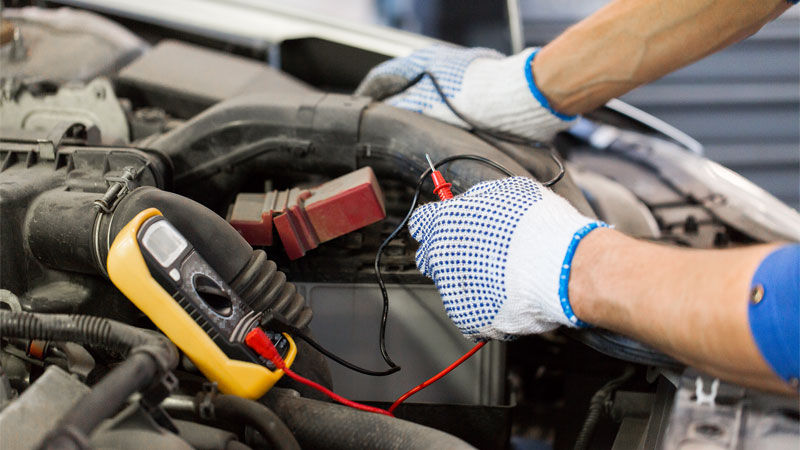
If any of the sensors don't work right, the vehicle's ECU/ECM tin can get confused and answer to incorrect data, leading to issues such equally sluggish acceleration.
Dissimilar types of vehicles utilize different types of sensors. These may include the mass air catamenia sensor, MAP sensor, oxygen sensor, throttle position sensor, coolant temperature sensor, crankshaft sensor, camshaft sensor, and others.
Since the timing of combustion events and mixture of gases need to exist exact for the vehicle to run efficiently and as expected, having the wrong information almost what's going on in and around the vehicle can upshot in problems with dispatch or even with starting the motorcar.
vi) Airflow Problems
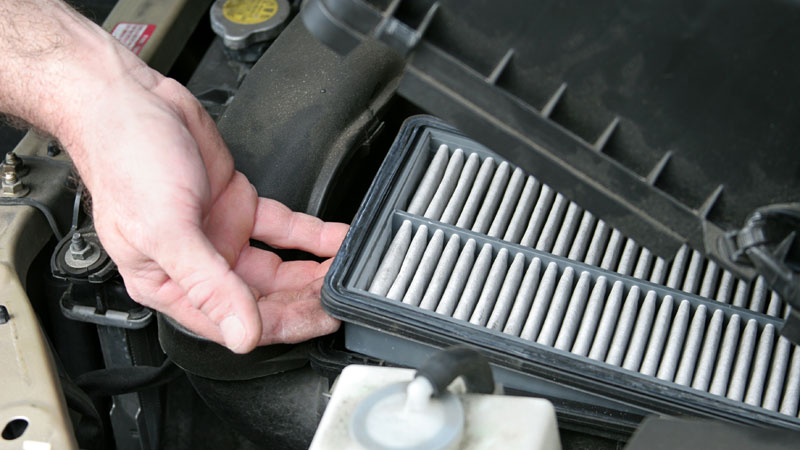
Since air is a basic requirement for combustion, restricting airflow in whatsoever mode volition result in acceleration problems. A clogged or muddied engine air filter can cause this. Manufacturers recommend the air filter to exist replaced at regular intervals – check your service manual and keep a record of when this is done.
Keep in listen that the cabin air filter has a different function, as it is part of the HVAC system and not the engine. However, it may only exist called an "air filter" if y'all're searching online. Make sure to purchase the appropriate one when replacing the filter.
The throttle body is the tube containing the butterfly valve (also known equally the throttle plate). This valve changes how much air is allowed into the intake manifold, and is continued to inputs from your right human foot. If this is stuck in one position or debris builds up the vehicle won't work as expected. Rough idle is probable if this is what'due south going on in your vehicle.
7) Limp Fashion
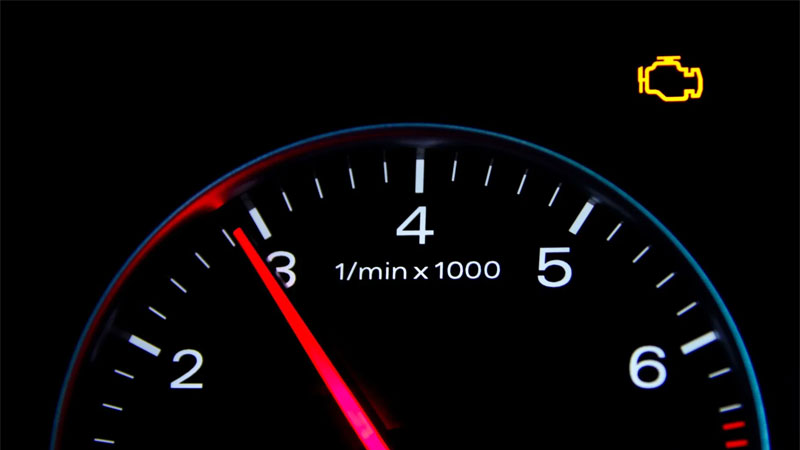
Some vehicles will enter "limp mode" when a error is detected. This fault could be an errant sensor, excessive engine knock, or a problem with the emission control arrangement. Typically, limp mode is accompanied with a check engine low-cal and greatly reduced ability.
It is designed to keep the engine safe while allowing y'all to move the vehicle to the nearest repair shop. If your vehicle enters limp fashion, bring it in to a mechanic as before long as possible so they may diagnose and correct the error.
8) Leaky or Clogged Vacuum Hoses
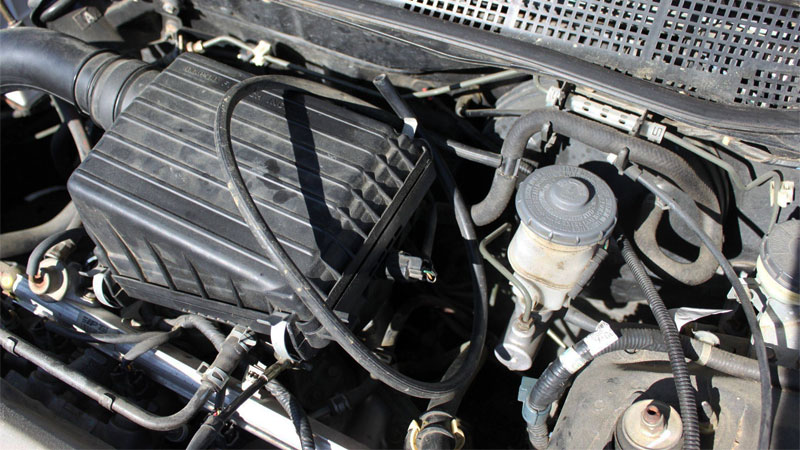
Engine vacuum is a measurement of air pressure level inside the intake manifold relative to atmospheric pressure. When the throttle is completely airtight (idling, foot off the gas), the engine vacuum is at its highest.
In this state, the cylinders are trying to pull more than air than the throttle plate volition permit into the intake manifold, and therefore the intake manifold pressure is much lower than ambience atmospheric pressure.
When the throttle is fully open, pressure in the intake manifold is roughly equivalent to ambient atmospheric pressure. In that location is little to no vacuum in this state. On a turbocharged (or supercharged) vehicle, it may enter positive pressure as the turbo or supercharger pushes compressed air into the manifold. This pressure is greater than ambience atmospheric pressure.
Vacuum hoses control the behavior of many components effectually the vehicle, including the brake booster, fuel pressure regulator, and EGR valve. If in that location is a leak in whatsoever of these hoses, the linked component may behave erratically.
Furthermore, air leaking in (or out) is non measured by the MAF or MAP sensors, and will throw off the vehicle's air fuel ratio. On turbocharged vehicles, this may manifest as a boost leak which lowers the amount of air entering the combustion bedchamber well beneath the expected volume.
9) Low Compression
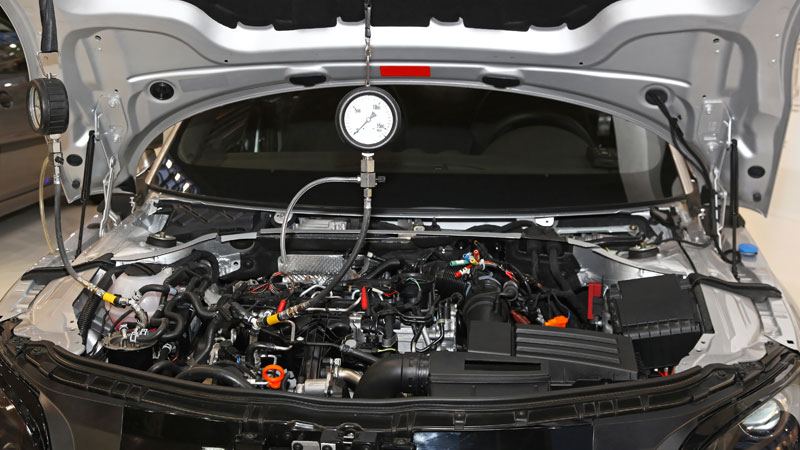
The ratio between the cylinder volume when the piston is at the everyman betoken and the book when the piston is at the highest point is known as the compression ratio. Pinch is crucial for the function and efficiency of a combustion engine equally higher pinch means a more forceful explosion.
Anything that causes gases to leak out of the engine can cause depression compression, which volition lead to power problems.
Potential causes of low compression include, but are not limited to: worn/cracked piston rings, worn valve springs, worn valves, carbon buildup around valve seats, and worn cylinder linings, valve clearances out of spec, and blown head gaskets.
All of these things will cause combustion gases to leak outside of the combustion bedroom, lowering compression and reducing the authorization of the explosion in that item cylinder.
10) High Altitude

When driving at loftier altitudes, you lot may notice your machine struggling or lagging, especially when driving uphill. Oxygen is a crucial part of the mixture in the combustion chamber and there is less oxygen at college elevations.
Naturally aspirated cars are more likely to accept this trouble than forced-induction (turbocharged or supercharged) vehicles equally the forcing of air into the engine tin can somewhat compensate for having less oxygen in the environment.
The sensors should detect that there is less oxygen and suck in more air to make up for it.
Source: https://oards.com/causes-car-wont-accelerate/
0 Response to "Car Runs Rough Wont Accelerate Until Turned Off and on Again"
Enregistrer un commentaire